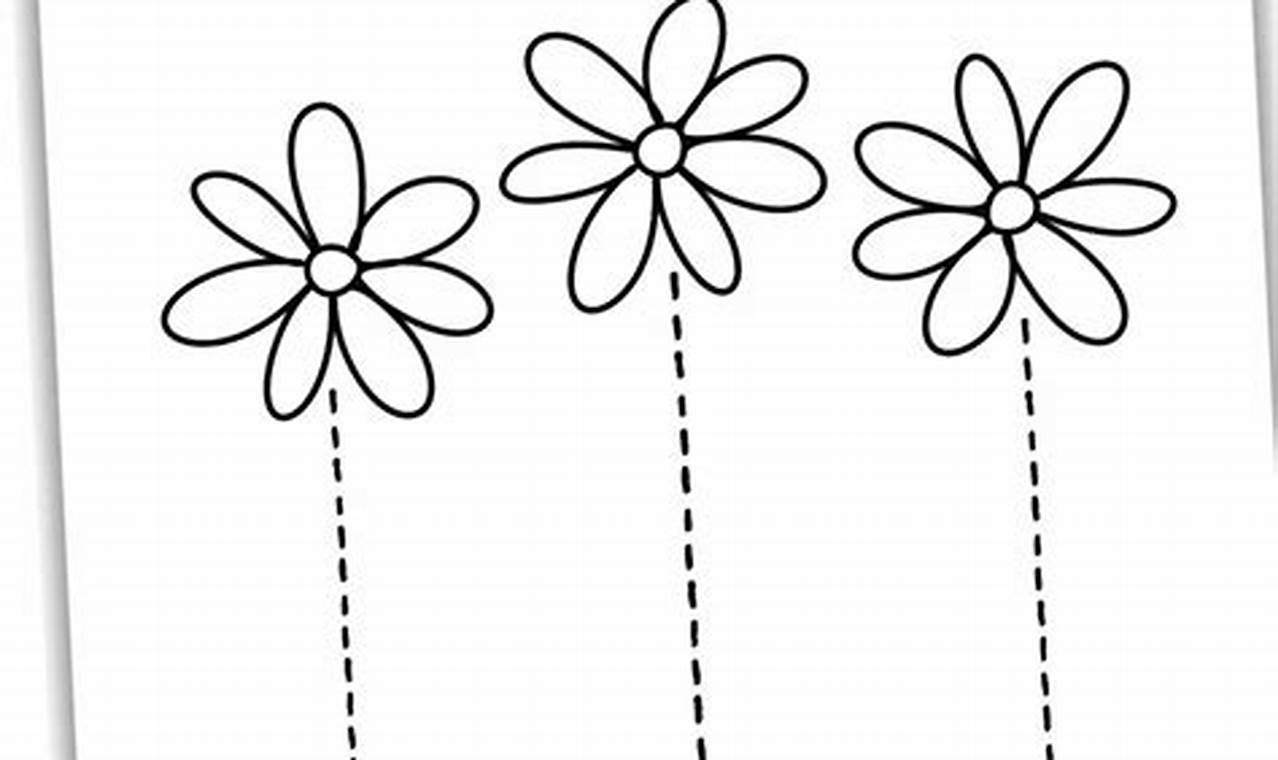Introducing young learners to shapes found in nature helps build a strong foundation for both artistic expression and fundamental mathematical understanding. Exploring shapes in nature is a fantastic way to make learning interactive and relatable, bridging the gap between abstract concepts and the tangible world. These initial explorations are crucial for fostering an appreciation for the natural world and developing essential fine motor skills.
The “shapes in nature tracing worksheets” offer numerous key learning benefits. Consistent practice with tracing enhances hand-eye coordination, improves fine motor skills necessary for writing, and reinforces shape recognition. Children develop the ability to control their hand movements, which is crucial for neat handwriting and precise drawing. Furthermore, recognizing familiar shapes within natural elements encourages observational skills and an early understanding of geometry.
Each worksheet features a variety of natural elements, such as leaves, flowers, fruits, and animals, all rendered in simple shapes like circles, squares, triangles, and ovals. Bold, easy-to-follow tracing lines guide young learners through each shape, ensuring success and building confidence. Fun illustrations accompanying each shape add an element of enjoyment and encourage children to engage with the activity. Ample space is provided for repetitive practice, allowing children to master the formation of each shape.
To effectively use the “shapes in nature tracing worksheets”, begin by explaining the concept of shapes in nature with real-life examples. Encourage children to trace each shape slowly and carefully, focusing on staying within the lines. Offer gentle guidance and praise effort, rather than focusing solely on perfection. Using thick pencils or crayons can help smaller hands maintain a better grip. Break down the worksheet into smaller, manageable sections to prevent overwhelm, especially for younger children.
To further enhance learning, consider supplementing the worksheets with related resources. Kidtraces.com offers a range of similar tracing worksheets focusing on letters, numbers, and other themes. Educational games that involve shape sorting or identification can reinforce the concepts learned. Encourage children to explore their surroundings and identify different shapes in nature, making learning an ongoing and interactive process. Picture books illustrating natural objects and their underlying shapes can be a beneficial tool too.
In summary, “shapes in nature tracing worksheets” offer a fun and effective way for children to develop crucial fine motor skills, enhance shape recognition, and foster an appreciation for the natural world. The engaging illustrations and simple format make learning enjoyable and accessible. Download these worksheets today and explore the many other free resources available on Kidtraces.com to support your child’s continuous learning journey.
